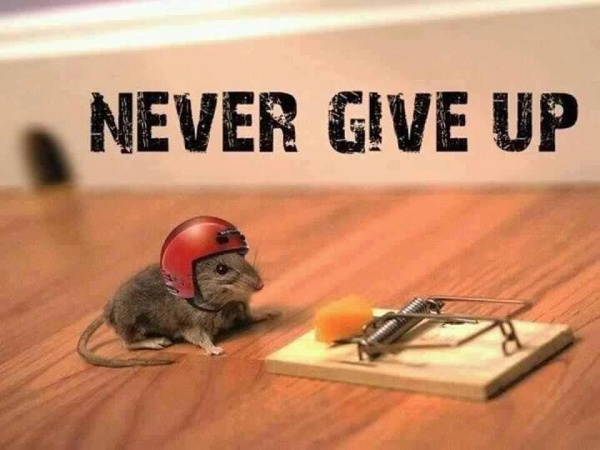As we reach the mid week mark, lets' recap on what have been covered so far.
English:
We are on to our Unit 3 Supplementary worksheets. We have covered the comprehension open-ended passage with the pre-reading thinking activity once again by going through the questions first and thinking critically about the story through the questions.
We learnt from the passage not to judge a book by its cover. Through our experience do we then really understand how the world is.
For synthesis, here are the key points:
- For 'however' structures, remember that you can substitute the word 'however' with 'no matter how' so it becomes much clearer for you. Do not change the tenses as this is not direct to indirect speech. After the word 'however', it is accompanied by the adjective - subject - verb.
- E.g However naughty John may be, he is kind-hearted by nature.
Science:
We went through the experiment on hot air rising and how the candle could make a spiral spin with the fans switched off and windows closed. The concept here is on hot air rises, cool air sinks. The heat from the flame heats up the surrounding air and pushes the moving air upwards, spinning the spiral.
Energy conversion:
Chemical energy (in candle) --> Heat and light energy (in the flame) --> Kinetic energy (in the moving air and turning spiral)
Whenever we fill in energy conversions, please take note of this key skill:
- Identify the number of stages
- Note how many arrows I must use (arrows to show the transformation to the next stage)
- Note if there are 2 of more types of energy produced at one stage. (I must use the + sign to indicate)
- Have I written the correct spelling of the forms of energy? Do I need to write 'potential' beside certain words for the energy?
We also carried out the Nichrome wire experiment in which I showed you how a Nichrome wire (when electricity passes through it) could heat up and slice through certain objects.
The wire glowed and the item which the Nichrome wire cut through heated up (receives heat).
We are halfway through the last topic of the 'Energy' syllabus. We are right on schedule to finish up our syllabus by next week and start on your revision in week 7.
Today, we learnt about the sources of energy and the term is defined as where the energy can be obtained or gotten from.
There are 4 main sources and they are the sun, moving water, moving air and fuel.
We know that for the sun, moving water and air, they cannot be used up. (True statement)
For the sun, it has solar energy and this solar energy consists of light and heat energy. Solar panels can be used to trap the light and heat energy to power up electricity or to carry out other forms of energy for work to be done. The sun is the main source of energy and can directly or indirectly affect us.
For the moving water, we touched on the uses of hydroelectric power stations which make use of moving water to generate electricity. One such form is the use of dams, turbines and generators. In this case here, the energy conversion is:
Potential energy (water from the high point of the dams) --> Kinetic energy (Moving water downards and spinning the turbine) --> Electrical energy (generator generates electricity)
Another example is the use of waves power stations in which the downward and upward movement of the waves have kinetic energy to be converted to electrical energy.
The concepts here are:
- the greater the gravitational potential energy, the greater the kinetic energy.
- the greater the kinetic energy, the more electrical energy it can be converted into.
Take note of page 32! Highly important page!
Thank you,
Sincerely,
Mr Nelson Ong

No comments:
Post a Comment